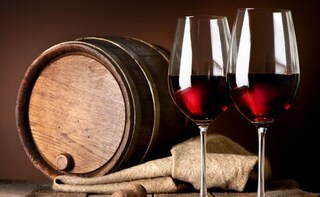Scientists have identified an enzyme behind the much sought-after aroma of aged
wines, a discovery that may impact the grapevine breeding and
wine-making industries.
The enzyme is a member of the cytochrome P450 family of enzymes, which are involved in the formation and breakdown of various molecules and chemicals. "Combining different analytical techniques was key in our work, and this broad picture helped us learn more about how common plant molecules are transformed into specific wine aroma," said Nicolas Navrot from University of Strasbourg in
France.By analysing a large sample of French grapes and
white wines through a technique called liquid chromatograph mass spectrometry, researchers found that during grape growth the enzyme (named CYP76F14) helps to convert a common plant compound monoterpenol linalool into a different compound (E)-8-carboxylinalool.The formation of this compound is an important next step on the road to aroma: as wine ages, (E)-8-carboxylinalool is gradually converted into wine lactone, which gives old wine its fragrance.
In addition to contributing to our understanding of where wine aroma comes from, this discovery could also impact the grapevine breeding and wine making industries, other fruit research and breeding, as well as aspects of aroma and scent in the beverage and
food industries.
(Except for the headline, this story has not been edited by NDTV staff and is published from a syndicated feed.)